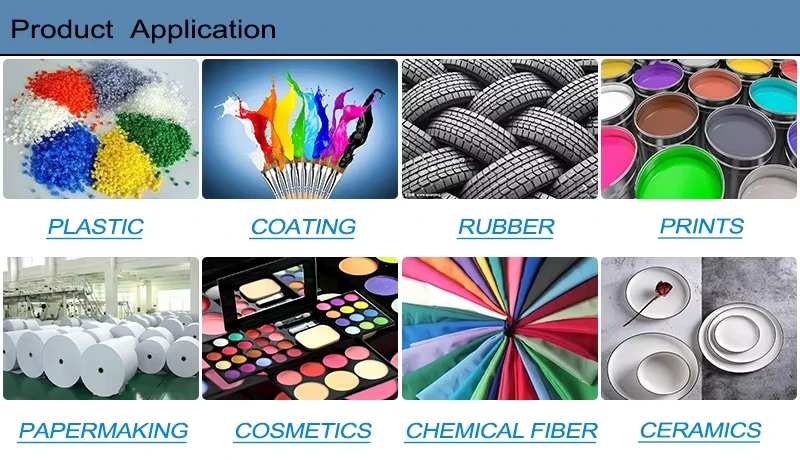
Nov . 14, 2024 19:26 Back to list
coating material tio2
Titanium Dioxide as a Coating Material
Titanium dioxide (TiO2) is a versatile and widely-used coating material known for its excellent properties and applications across various industries. Its unique combination of high refractive index, non-toxic nature, and chemical stability makes TiO2 a preferred choice for numerous coating formulations, including paints, coatings, adhesives, and even food products.
One of the primary advantages of titanium dioxide is its exceptional opacity and whiteness, making it an ideal pigment in the paint and coatings industry. TiO2 provides excellent hiding power, ensuring that surfaces are adequately covered and protected from environmental elements. This property is especially significant in industries like construction and automotive, where aesthetic appeal and durability are paramount. With the increasing demand for high-quality finishes, the use of TiO2 in coatings has become more prevalent.
Titanium Dioxide as a Coating Material
In addition to its protective qualities, titanium dioxide also contributes to the development of self-cleaning surfaces. The photocatalytic properties of TiO2 enable surfaces treated with this material to break down organic contaminants when exposed to UV light. This self-cleaning effect is particularly beneficial for applications in glass coatings and solar panels, where dirt and grime can reduce efficiency and aesthetic quality.
coating material tio2

Moreover, titanium dioxide is also recognized for its antibacterial properties. Research has shown that TiO2 can inhibit the growth of various bacteria, making it a valuable addition to coatings used in healthcare settings or food processing facilities. By incorporating TiO2, these coatings contribute to maintaining hygiene and preventing the spread of harmful microorganisms.
Despite its numerous advantages, the formulation of TiO2-containing coatings requires careful consideration. The particle size and distribution of TiO2 can significantly influence the performance and characteristics of the final product. Therefore, manufacturers often invest in advanced technologies to optimize the dispersion and stability of TiO2 in coatings.
As environmental concerns continue to rise, the demand for eco-friendly and sustainable materials has also influenced the use of titanium dioxide. Many industries are shifting towards using non-toxic and biodegradable formulations, and TiO2 fits perfectly within this paradigm, as it is a non-hazardous material that poses little to no risk to human health or the environment.
In conclusion, titanium dioxide is an exceptional coating material that offers a broad spectrum of beneficial properties, from opacity and UV resistance to self-cleaning and antibacterial effects. Its wide array of applications across different sectors highlights its importance in modern material science. As innovation continues to drive the development of new coating technologies, the role of TiO2 is likely to become even more significant, reinforcing its status as a staple in the coatings industry.
-
Premium 6618 Titanium Dioxide for GPT-4 Turbo Applications
NewsJul.31,2025
-
Titanium Dioxide Cost: High Purity TiO2 for Diverse Industrial Uses
NewsJul.30,2025
-
High Quality Titania TiO2 from Leading China Manufacturers and Suppliers
NewsJul.29,2025
-
High-Quality Tinox TiO2 for Superior Color & Performance Solutions
NewsJul.29,2025
-
High Quality Titania TiO2 from Leading China Supplier & Manufacturer
NewsJul.29,2025
-
High-Performance r6618 TiO2 for Superior Whitening and Versatility
NewsJul.28,2025
